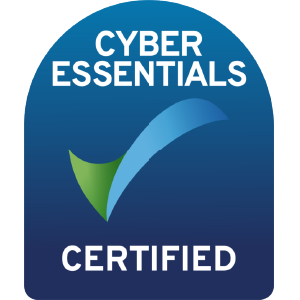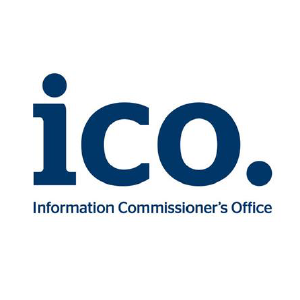Smart website content has created quite a stir in the web development world, as well as turned heads in professional circles. You can create effective smart content that has high chances of converting your leads into sales on your companies site. Read on for insights on what is smart content, how to create it and the impact it has on your user experience, sales and conversions.
Traditionally, websites have been somewhat static things: When someone views your “About Us” page, they are shown precisely that — a page about your company. If they click on an article titled, “Best Widgey Widgets for Widgeting”, they expect to read that exact article. It’s like window shopping, except the display never changes.
What if you could determine the type of device the person was using, how the person found your site (from Google, from a reviews site or from an email?), and even their geographic location? Wouldn’t it make sense to show that person content relevant to each of those factors?
What if you could even determine how many times that person had visited your site, or what specific products they were interested in, how long it’s been since they last visited, or even if they are an existing client versus a new lead?
What if the type of information on the “About Us” page could be tweaked precisely for all those set of factors?
It would be a marketer’s dream.
But it’s not a dream anymore.
Because that’s precisely what a Hubspot website’s smart content feature does.
How can a page be tweaked based on marketing criteria?
The options are endless, and the spectacular thing about Hubspot Websites is that smart content is built into every aspect of the system.
Hubspot is not only about “web design” — it is technically a Content Optimisation System. Whether that content is email, your website content or something else, you can utilise Hubspot’s built-in features to make that content smart and dynamic.
Even the prosaic “About Us” page mentioned above can be effectively modified based on the current visitor.
For example, let’s say you have determined the person visiting your site right now is in a certain job role. Your dynamic content could position the photos of certain employees who speak to prospects within that job role, closer to the top. Or, let’s say you have determined that the visitor is located in Switzerland and you happen to have an office in Switzerland — you could change the phrasing of the page to mention your Swiss office first, and more prominently.
The real magic, however, happens when you know your visitor’s interests or previous visit activity. If they visited a certain product page last week, you can display ads for that product on certain pages of your site to try and revive their interest in purchasing.
Smart content is brand new, and Hubspot’s implementation is revolutionary
In 2010, Google changed the playing field forever when it introduced a new feature called Remarketing.
The idea was that ads could be shown to users based on their browsing history and those users could be remarketed to later on. They could be shown ads designed to spark their interest newly in that specific product.
All this was done using tracking features on the user’s computer (that isn’t smart content, but it was the idea behind it.)
Historically, web developers have attempted to create some degree of smart content on their websites by manually programming it into their custom systems, but the task is gargantuan to achieve if one wants a truly sophisticated system.
Enter: The Hubspot Content Management System, which is nothing short of an extraordinary feat of programming.
But you as the user don’t need to know any of that, all you need to know is that, with the click of a few buttons, you can create exquisite, targeted content that increases your chances dramatically of turning leads into sales, and sales into repeat-sales.
How exactly does smart content work?
There are two ways that Smart Content can work:
The first way is using tracking cookies (definition here). By storing some information on the user’s  computer, it is possible to tell what actions that user has taken on your website before and so show content to them accordingly.
computer, it is possible to tell what actions that user has taken on your website before and so show content to them accordingly.
This method is both powerful and limited.
It is powerful because it truly personalises the experience. But it is also limited because users have many different devices and it is not always possible to know if the same user has visited a site on a different device.
The second way smart content works is by using information that is always available when a user visits a website. Information such as:
- What browser they’re using (Chrome, Firefox, Internet Explorer, Microsoft Edge, Safari, etc.)
- Where they are visiting from (sometimes even as accurate as the city they’re in)
- Whether or not they accept tracking cookies
- Their screen resolution (how much their screen can display)
- How they came to your site (a Google search, an email campaign, etc.)
- And other info
Using the above information, it is possible to create a far smoother user experience. 
Some browsers can’t deal with certain elements of web pages. And mobile phones on data plans need versions of web pages which are small so that those pages load faster. By dynamically delivering content which is modified according to the above factors, a far better user experience is almost guaranteed.
And everyone knows that a better user experience can increase the chances of higher conversion rates.
If you would like assistance with creating effective smart content that has high chances of converting your leads into sales, please check out our Hubspot onboarding service here.




